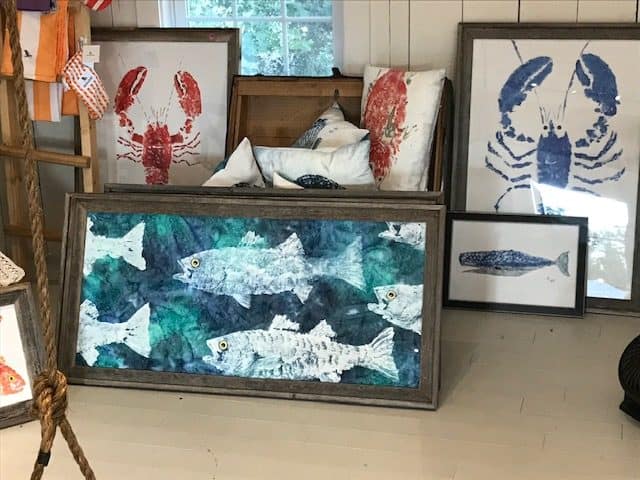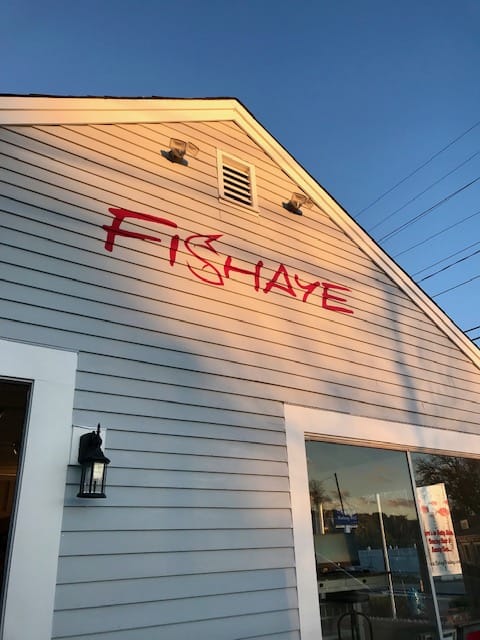
Choosing the right artwork for your home is an important task. After all, you spend most of your time in your living space – whether it’s a condo, apartment or house. You want décor that lets you express yourself and makes you feel at peace in body and soul. Sound deep? It doesn’t have to be! We have put together some tips for helping you choose the right art with no stress – it really just comes down to a few practical approaches to get started.
First and foremost, determine the amount of space you have. Get out the tape measure and take account of your wall space that you want to fill. Decide whether you would like one large accent piece – which can make a huge impact – or several smaller pieces to create a gallery wall. Most people opt for the latter and a gallery wall can definitely enhance your space by choosing a strong color palette. Take note of the furniture, wall coloring and other décor in your home and select art with styles and colors that compliment them.
Speaking of color – that’s step two! Use color to make certain areas in your home “pop”, as they say. If you have a room with mostly earth tones, maybe use your artwork to add a splash of vibrant color like red or purple. In a room with several patterns and textures, you might want to choose a more subtle piece of art.
And, finally, the last step is just to have fun with it! Mix styles and colors together in wild abandon or stick to a genre and palette that you’re comfortable with. There is no right or wrong in art. And, remember, sometimes the art chooses you. If you feel drawn to a particular print, take a chance and buy it! You’ll figure the rest out later. There is always a place for a piece of art – you just have to find it.
Ready to spruce up those walls? Take a look at our nautical print gallery and let your creative imagination run wild! https://www.fishayetrading.com/wall-art/




Recent Comments